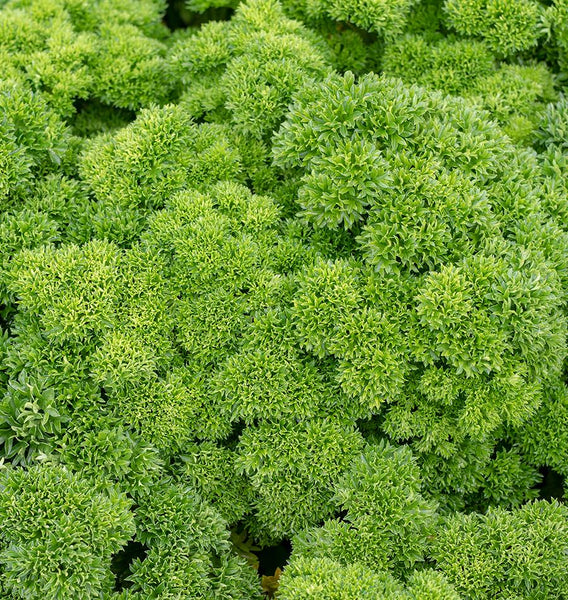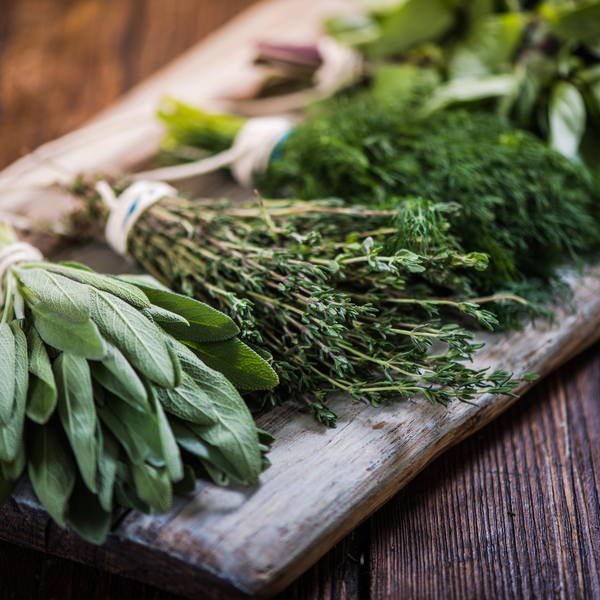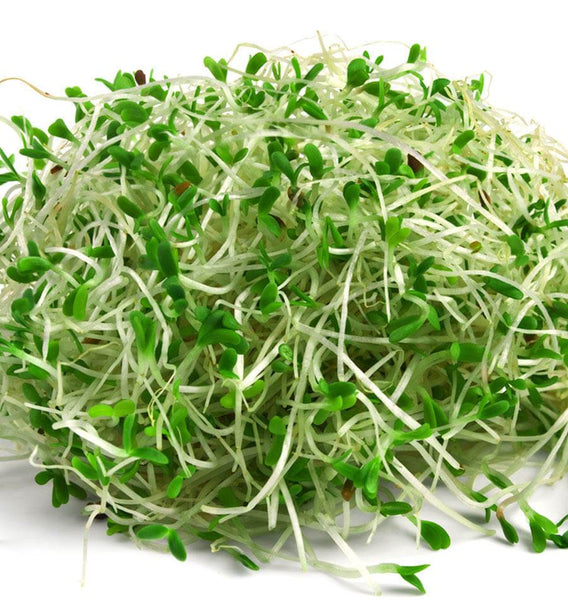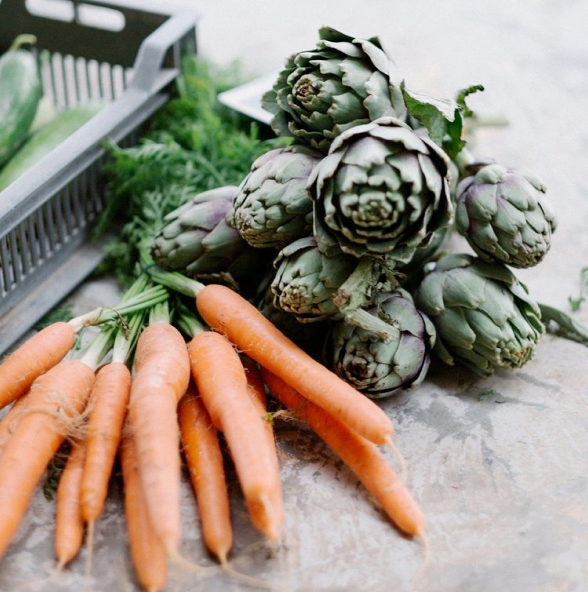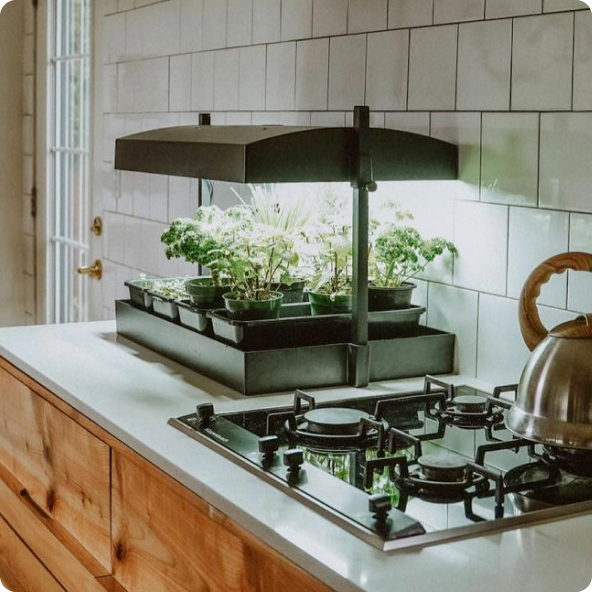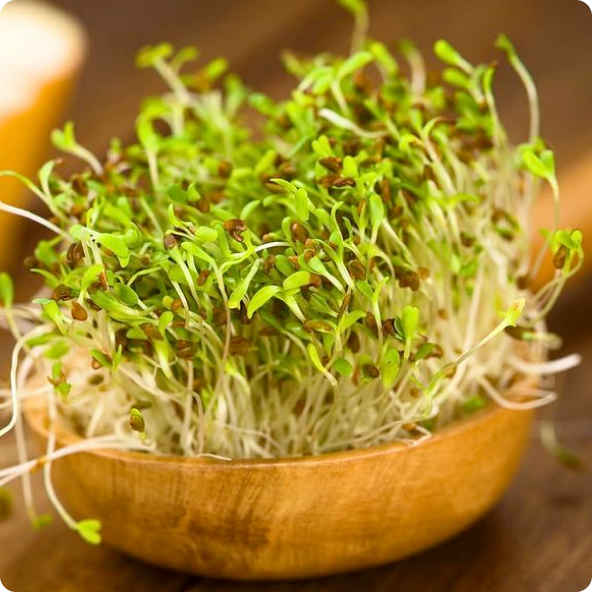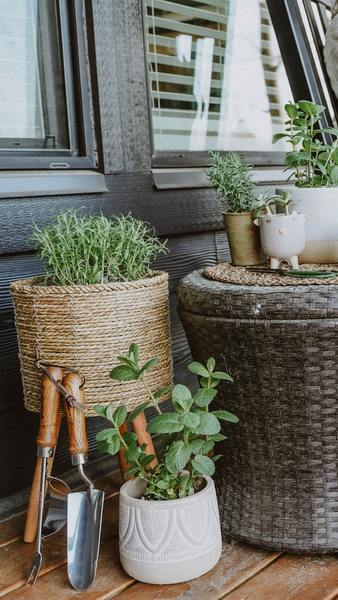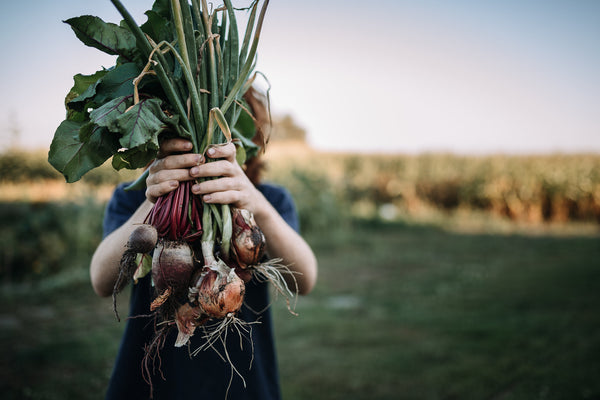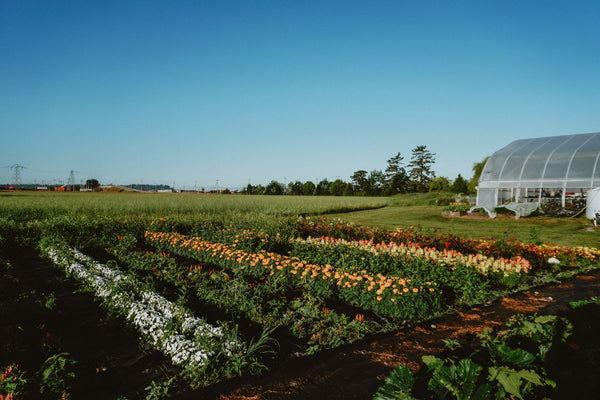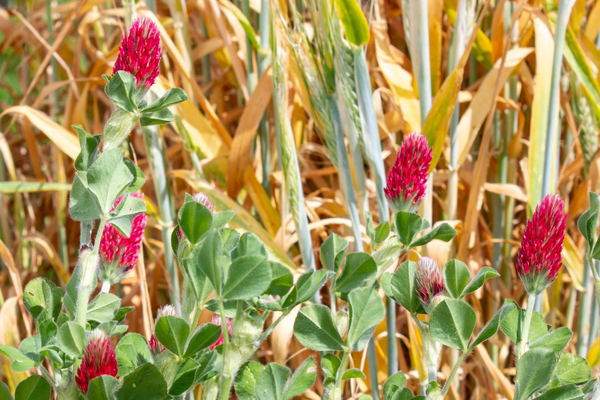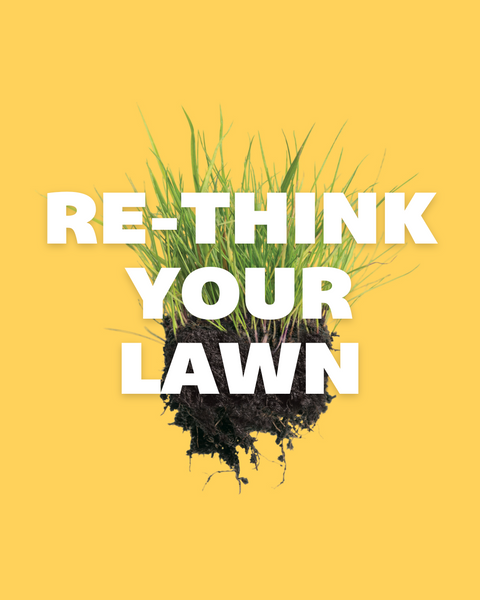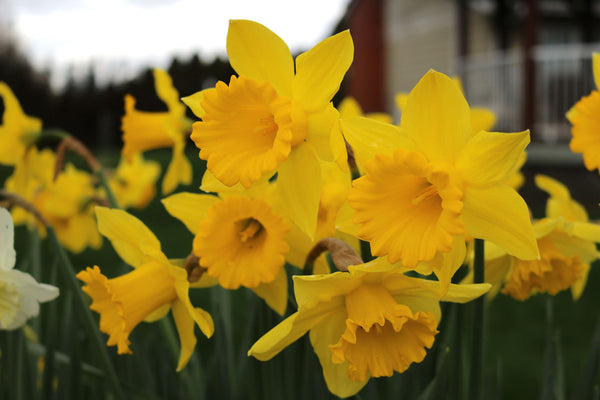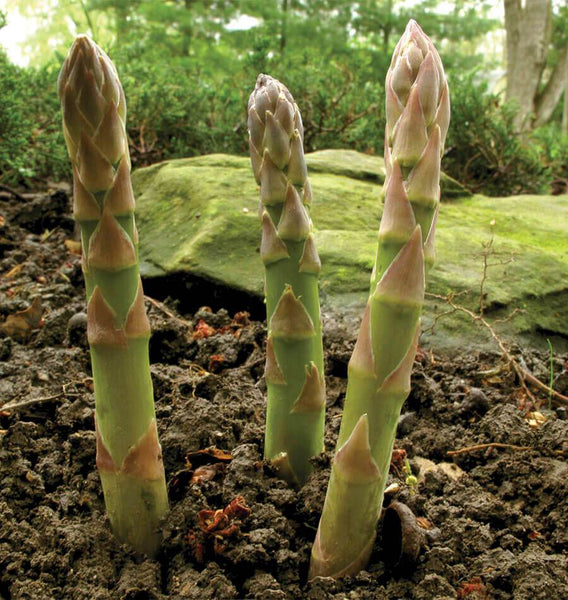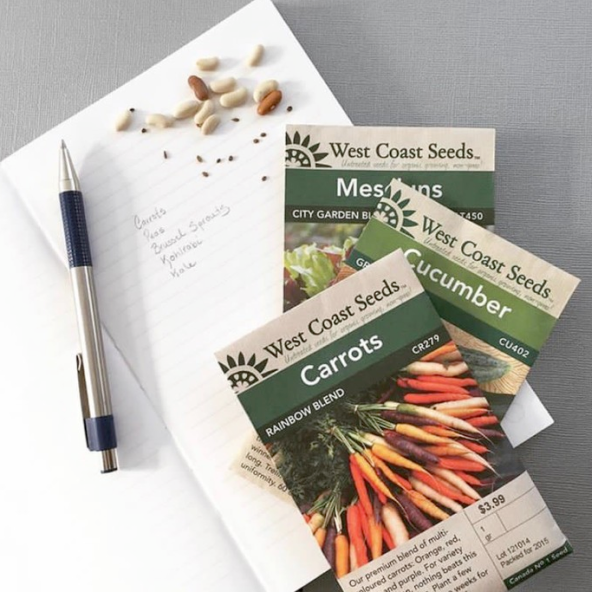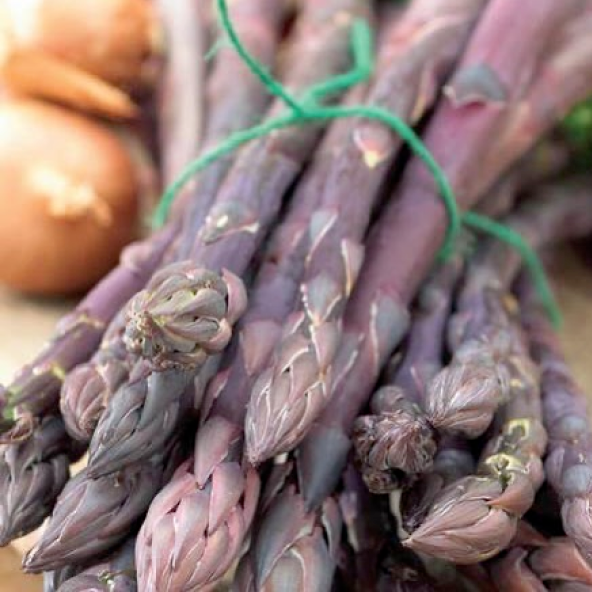A short growing season doesn’t have to mean a small harvest. With the right strategies, you can extend your growing window, boost yields, and protect your plants from undesirable weather. Here’s how to make the most of your time in the garden:
Choose Fast-Maturing and Cold-Hardy Crops
Choosing the right plants starts at seed selection. Opt for seeds with shorter days to maturity – ideally 70 days or less. Direct-seeded crops like carrots, beans, beets, radishes, peas, and lettuce are great and reliable options. Cold-tolerant crops, such as kale, cabbage, cauliflower, broccoli, and chicories, can be planted in warm weather and will continue to grow and form nice, beautiful heads or leaves as temperatures drop.
Start Seeds Indoors for a Head Start
Don’t wait for the last frost — seed starting indoors gives you a jump on the growing season by weeks or even months. Using lightweight potting soil, grow lights, and a heat mat boosts germination rates and prevents leggy seedlings, so your plants have the strongest start possible. Don’t forget to harden off your plants by gradually introducing them to outdoor conditions once temperature begin to heat up.

Create Warm Microclimates
Extend your season with poly tunnels and row covers to create a cozy microclimate around your seedlings. Plus, raised beds warm up faster than in-ground plots, and planting near a south-facing wall adds extra warmth. Combining these techniques can add valuable weeks to both the start and end of your season.
Nourish Your Soil
Healthy soil makes for strong and steady plant growth. Incorporate compost and balanced organic fertilizer to provide needed nutrients. Mulch with straw or compost to retain moisture, suppress weeds, and regulate soil temperatures.
By combining these methods, you can enjoy a thriving garden even with a short growing season.
